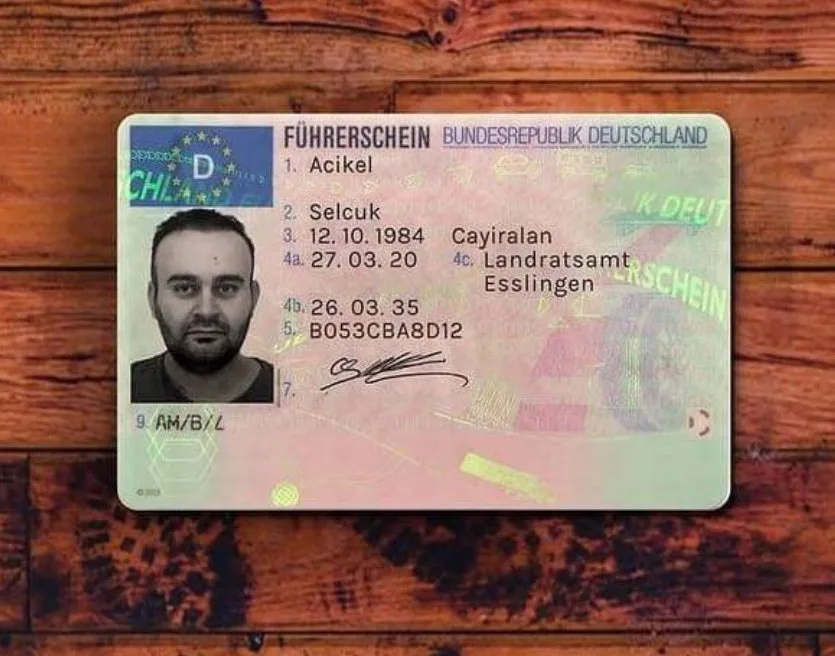How to Acquire a Car Driving License: A Step-by-Step Guide
Acquiring a car driving license is an important turning point for many individuals, providing the freedom to explore, commute, and travel at your own pace. Whether you're a teenager excited to drive or an adult looking for more self-reliance, the procedure can seem frustrating. This post offers a detailed guide to help you browse the steps to get your driving license efficiently and efficiently.
Understanding the Basics
Before diving into the acquisition procedure, it's important to comprehend the types of licenses offered and the basic requirements. In deutschland führerschein kaufen Fuehrerscheinn of regions, the process can be divided into 3 main categories:
Learner's Permit: This is frequently the primary step, enabling brand-new drivers to practice driving under specific restrictions.
Intermediate License: Depending on your area, this may come after the learner phase and enables more liberty but could have constraints, especially for more youthful drivers.
Complete Driving License: This is the supreme goal, enabling you to drive without limitations.
General Requirements
While particular requirements vary by state or nation, typical requirements typically include:
Age: Must be of a minimum age (usually in between 16-18).
Vision: A standard eye exam might be needed.
Documents: Proof of identity, residency, and sometimes completion of a driver's education course.
Step-by-Step Process to Acquire a Driving License
Action 1: Check Your Eligibility
Start by investigating your regional guidelines concerning age, necessary documents, and eligibility requirements. Visit your country or state's automobile department site for the most accurate and current information.
Step 2: Obtain a Learner's Permit
Research study for the Written Test: Many jurisdictions require new motorists to pass a written test covering the guidelines of the roadway, traffic indications, and safe driving practices. Purchase a driver's handbook and take practice tests offered online.
Get ready for the Test: Make arrangements to take the written exam, which might be offered online or at your regional automobile office. Bring the required documents, such as evidence of identity, and payment for any costs.
Pass the Test: Upon passing the composed test, you'll receive your student's authorization. At this stage, you may require to comply with certain limitations, such as just driving with a certified grownup.
Step 3: Practice Driving
Behind-the-Wheel Experience: Use your student's license to acquire practical driving experience. A lot of regions need a minimum variety of supervised driving hours, generally varying from 20 to 50 hours. Practice a variety of conditions, including day and night driving, highway driving, and unfavorable weather.
Driver's Education Course: Although not obligatory in every location, finishing a driver's education course can provide important training understanding and may be required for younger prospects.
Step 4: Schedule Your Driving Test
After obtaining sufficient driving experience and meeting your region's requirements, schedule a driving test with your regional automobile authority.

Practice for the Driving Test: Familiarize yourself with the testing treatments and common maneuvers needed throughout the test, such as parallel parking, lane changes, and following traffic signals.
Gather Required Documents: Ensure you have your student's authorization, proof of identity, and any additional files required for the test.
Step 5: Take the Driving Test
On the day of your driving test:
Show Up Early: Give yourself plenty of time to unwind and gather your thoughts before the test begins.
Bring a Suitable Vehicle: Ensure that the car you prepare to use remains in excellent condition, has valid registration and insurance coverage, and meets all security requirements.
Stay Calm and Focused: Listen carefully to the inspector's directions and display safe driving practices throughout the test.
Step 6: Receive Your License
Upon passing the driving test, you'll get your complete driving license or an intermediate license, depending on your age and capability. Congratulations!
Action 7: Learn to Drive Responsibly
Having a driving license includes duties. Constantly abide by traffic laws, remain focused while driving, and regard other road users. Consider enrolling in defensive driving courses to improve security awareness.
Conclusion
Obtaining a car driving license is an essential action toward independence and responsibility. By following these steps and cultivating safe driving routines, you'll not just get your license however also end up being a skilled and conscientious driver. Keep in mind, the journey to ending up being a proficient driver continues even after acquiring your license. Constantly stay informed about roadway guidelines, practice regularly, and go for continuous improvement on the roadway. Safe travels!
